Bringing the Outside In: The Rise of Floor-to-Ceiling Windows
In today’s architecture and design world, floor-to-ceiling windows have become a symbol of modernity, luxury, and connection with nature. This architectural trend is not only about aesthetics but also about functionality. By allowing unobstructed views of the outdoors and flooding spaces with natural light, these windows are transforming homes across the United States. Whether you’re renovating your current living space or building a new home, this article will explore the rise of floor-to-ceiling windows, their benefits, the installation process, and how they can enhance your home’s design.
The Appeal of Floor-to-Ceiling Windows

Floor-to-ceiling windows flood interiors with natural light, enhance mood, and cut down on artificial lighting needs. They frame sweeping views whether of gardens or city skylines and make even small spaces feel larger and more open. By blending indoors with the outdoors, they create a seamless sense of connection and spaciousness.
1. Maximizing Natural Light and Views

One of the most significant advantages of floor-to-ceiling windows is the influx of natural light they bring into a room. Natural light has numerous benefits, from improving mood and productivity to creating a welcoming and spacious atmosphere. These windows allow you to take full advantage of daylight, reducing the need for artificial lighting during the day. Furthermore, they offer expansive, panoramic views of your surrounding environment, whether it’s the serene beauty of your garden or the vibrant cityscape.
2. Creating a Sense of Openness and Space

Floor-to-ceiling windows also have a profound impact on the spatial dynamics of a room. By eliminating traditional walls or partitions, these windows make even smaller rooms feel more open and airy. The design creates a seamless flow between indoor and outdoor spaces, ideal for those looking to blend their interior with nature. This is especially beneficial in compact urban homes or apartments where every square foot counts.
Benefits of Floor-to-Ceiling Windows
1. Energy Efficiency and Natural Ventilation
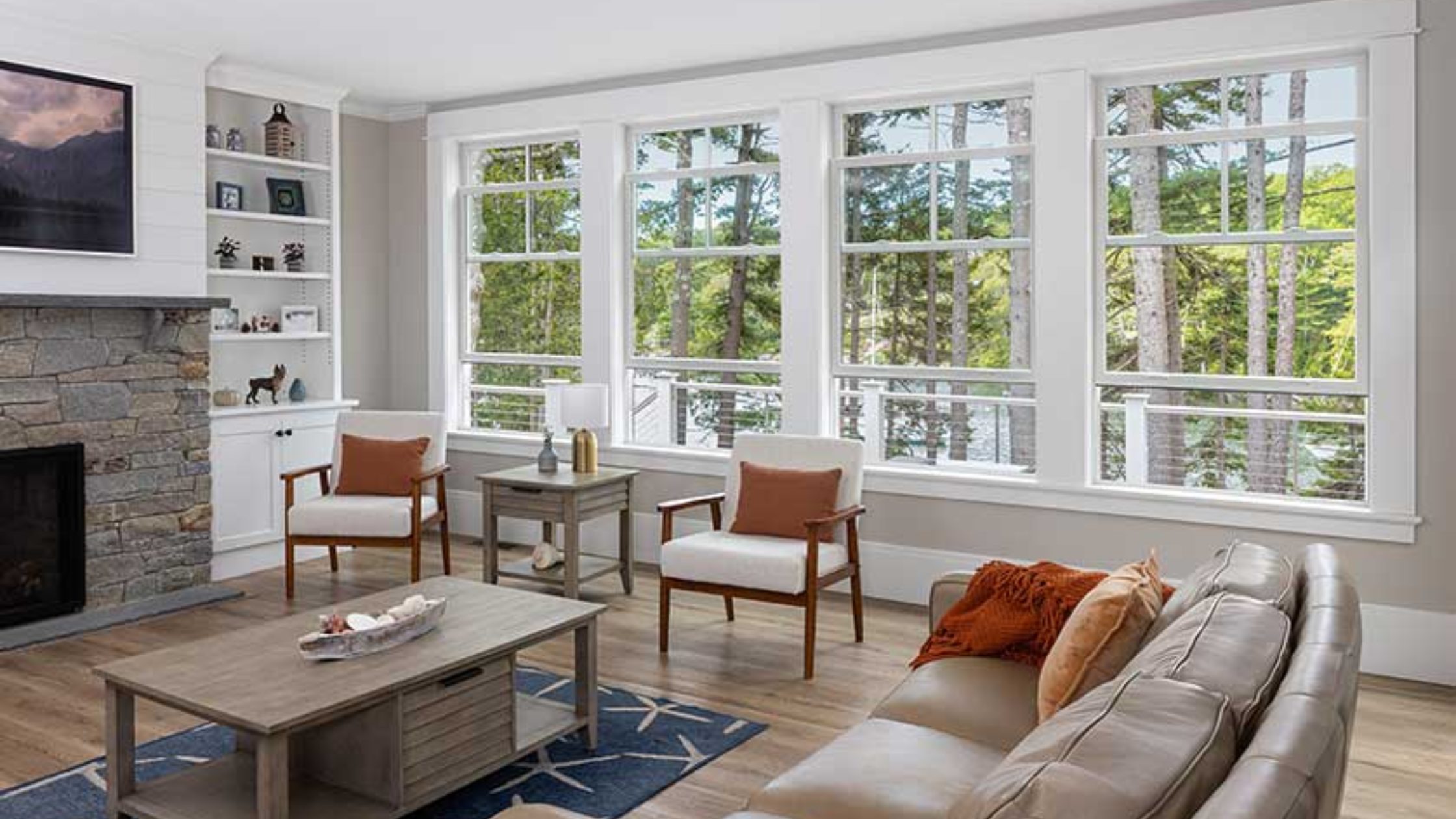
When installed correctly, modern floor-to-ceiling windows can be energy-efficient. With high-performance glass and proper insulation, these windows can help regulate indoor temperatures by providing natural ventilation. During cooler months, these windows can trap warmth from the sun, reducing the need for artificial heating. In warmer months, they can be opened to allow fresh air to flow in, reducing the reliance on air conditioning systems.
2. Aesthetic Appeal and Modern Design Trends
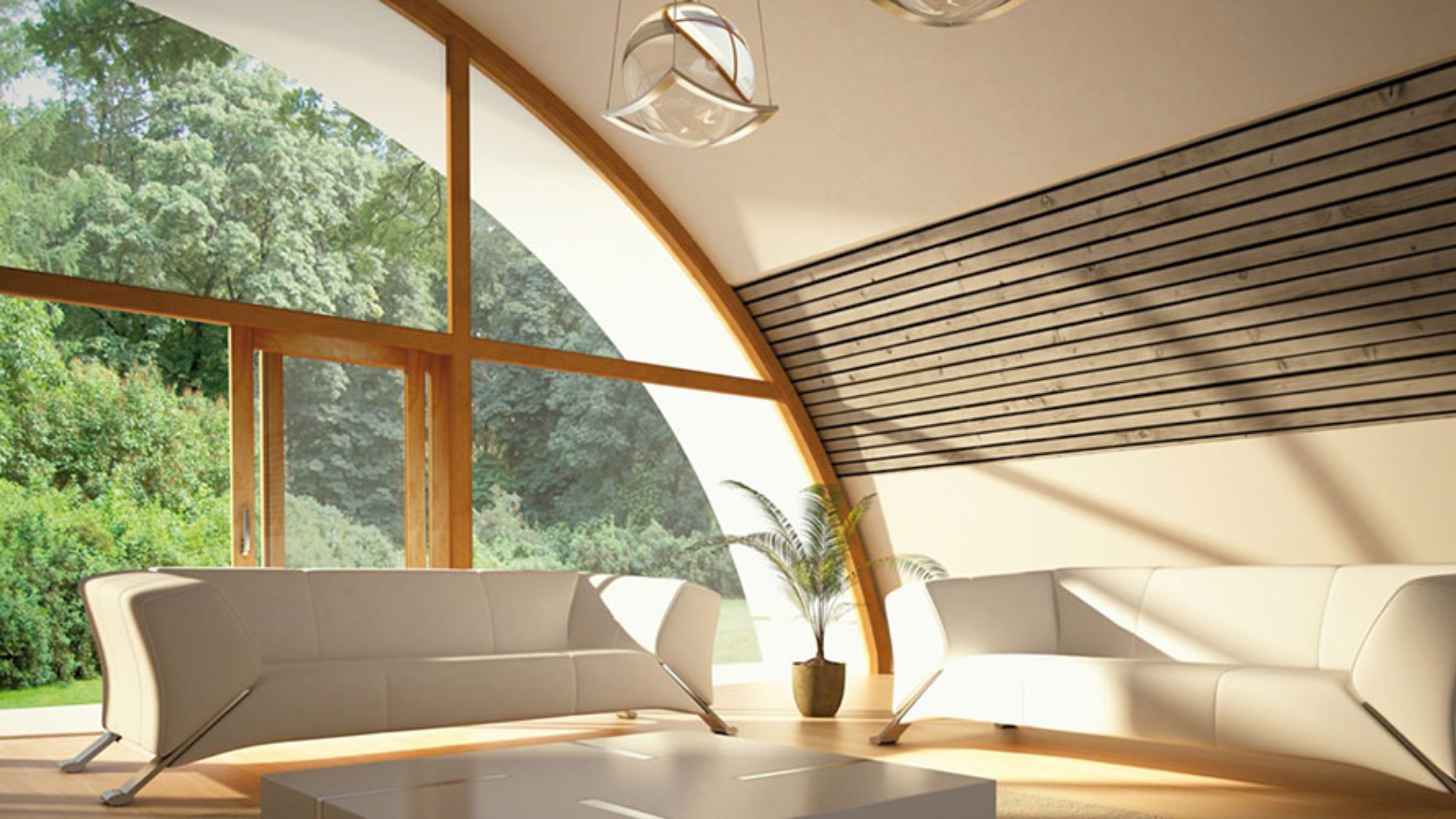
These windows are often associated with sleek, minimalist designs that are in high demand in today’s home design trends. The clean lines and unobstructed views they provide fit perfectly with modern and contemporary architectural styles. Whether used in a living room, kitchen, or bedroom, floor-to-ceiling windows can serve as both a functional element and a focal point, enhancing the overall aesthetic of the space.
3. Connection to Nature
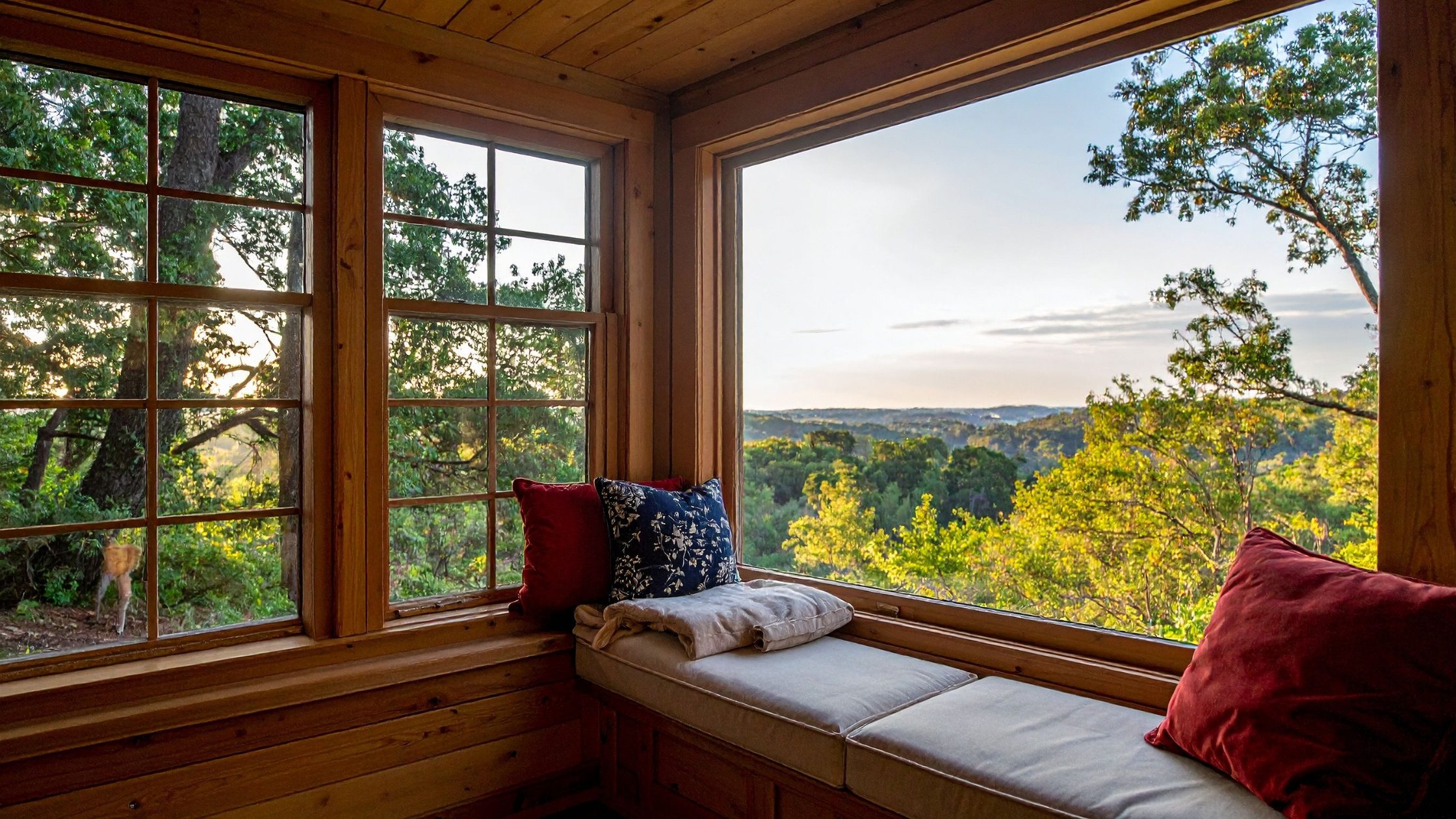
Incorporating nature into living spaces is a growing trend known as biophilic design. Floor-to-ceiling windows play a crucial role in this movement by bringing the outdoors inside. The large glass panes allow homeowners to enjoy the beauty of nature year-round, regardless of weather conditions. This seamless connection with nature promotes well-being and enhances the quality of life.
Installation Process: How to Install Floor-to-Ceiling Windows
Key Considerations Before Installation
Installing floor-to-ceiling windows is a complex process that requires careful planning and attention to detail. Several key factors must be considered to ensure the project is successful.
1. Structural Integrity
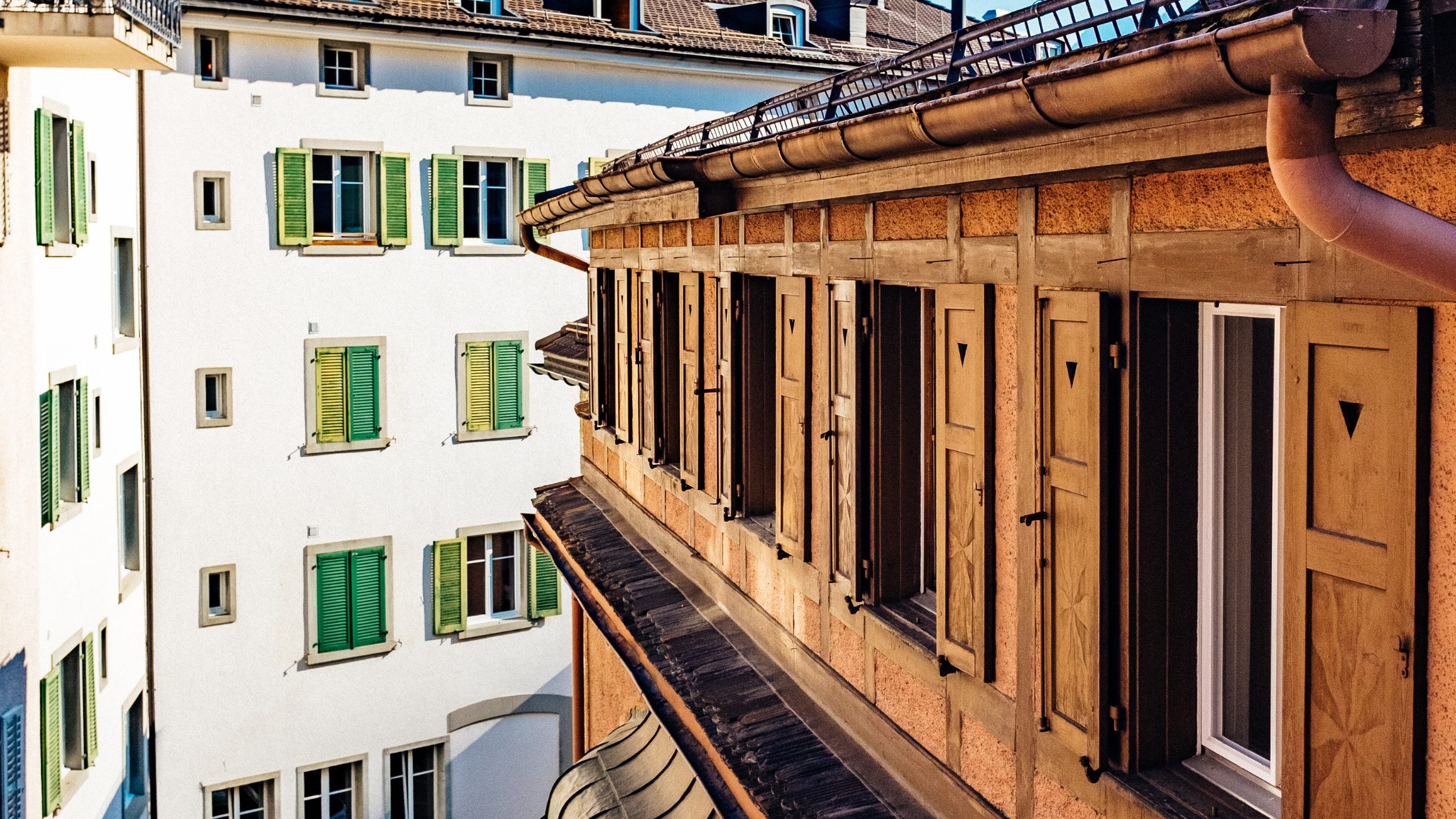
Floor-to-ceiling windows are significantly heavier than traditional windows, and their size places additional strain on the walls and framing. It’s essential to assess the structural integrity of your home or building before installation. In some cases, you may need to reinforce the surrounding walls and foundation to bear the weight of the windows properly. A structural engineer or contractor can evaluate the support required for the windows.
2. Framing Modifications

Floor-to-ceiling windows require larger openings than typical windows, which may necessitate modifications to the framing. This could involve cutting or expanding the current window space, which might require reinforcing the surrounding structure to accommodate the new size.
3. Building Codes and Permits
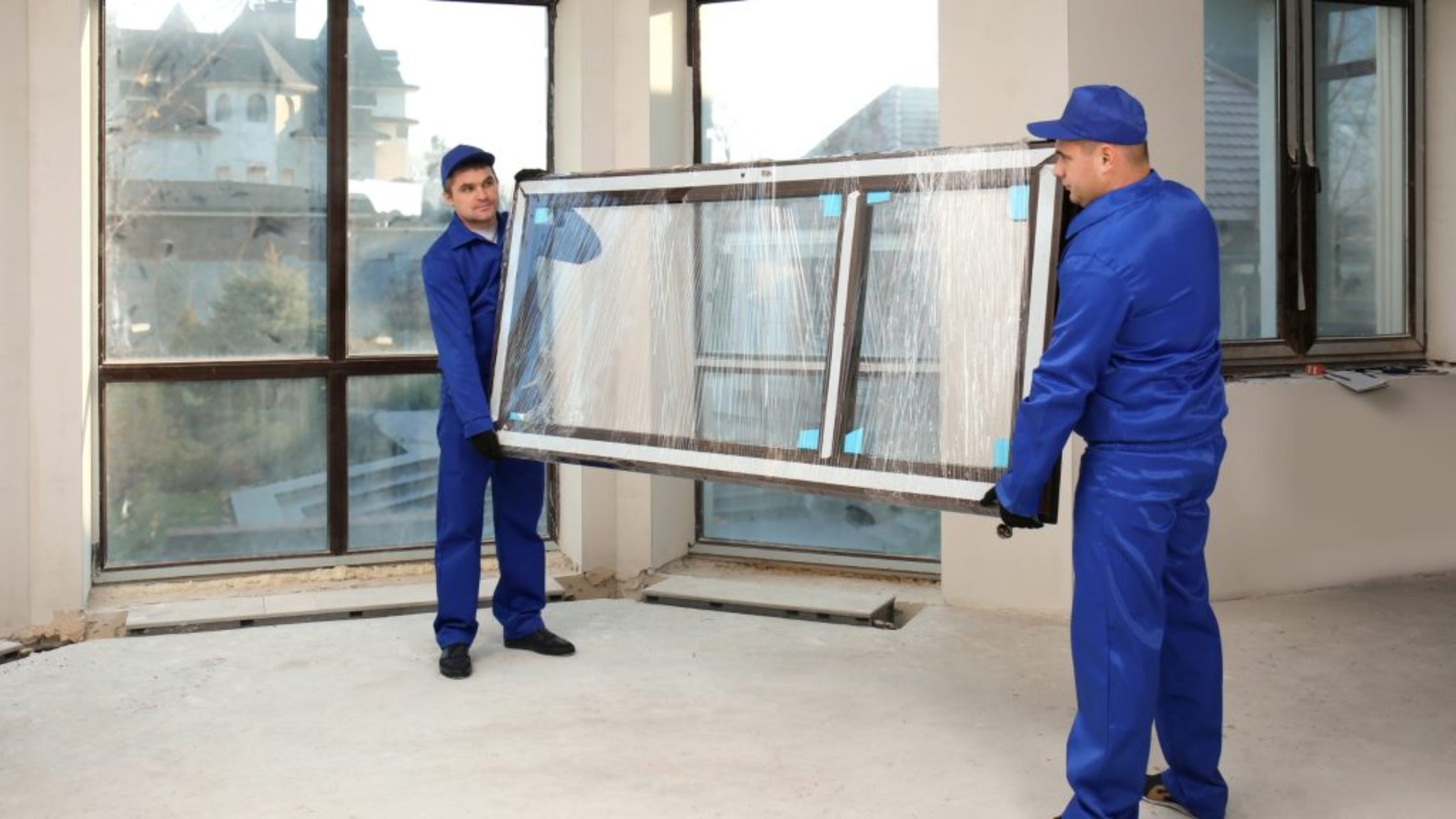
Local building codes and regulations must be checked before beginning the installation. Depending on your location, permits may be required to install large windows, especially if structural changes or modifications are involved. It’s important to work with a professional who is familiar with local building codes to avoid delays and ensure compliance with regulations.
4. Weatherproofing and Insulation
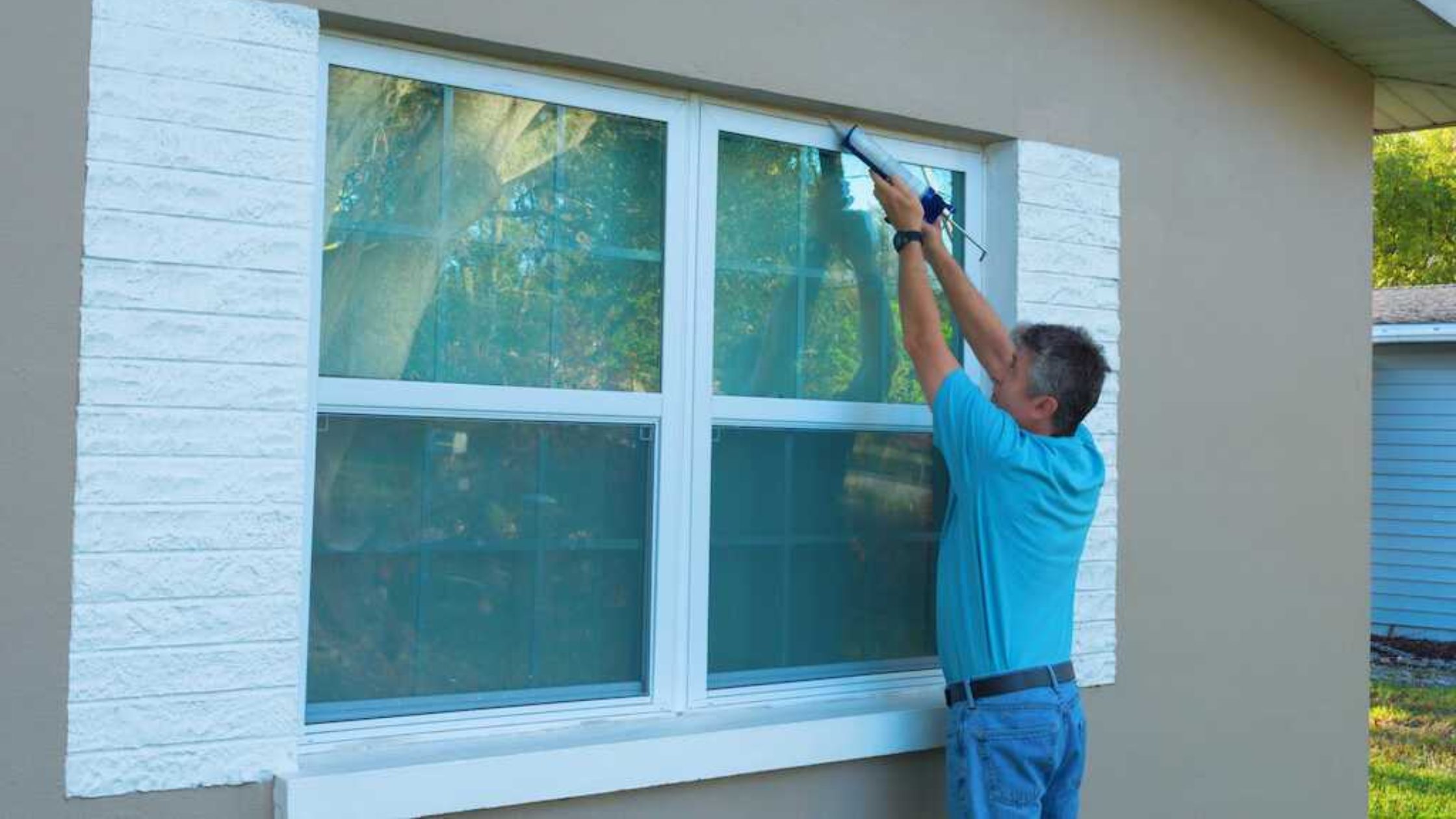
To maximize the energy efficiency of your floor-to-ceiling windows, you must carefully consider weatherproofing and insulation. Modern windows are often equipped with double-glazed or Low-E glass, which helps to prevent heat loss and gain. Proper sealing around the frames is essential to keep drafts and moisture out, which ensures the longevity and performance of your windows.
Step-by-Step Guide to Installation
While the process of installing floor-to-ceiling windows can vary depending on the type of window and the specifics of your building, here is an overview of the general installation steps:
1. Preparation and Removal
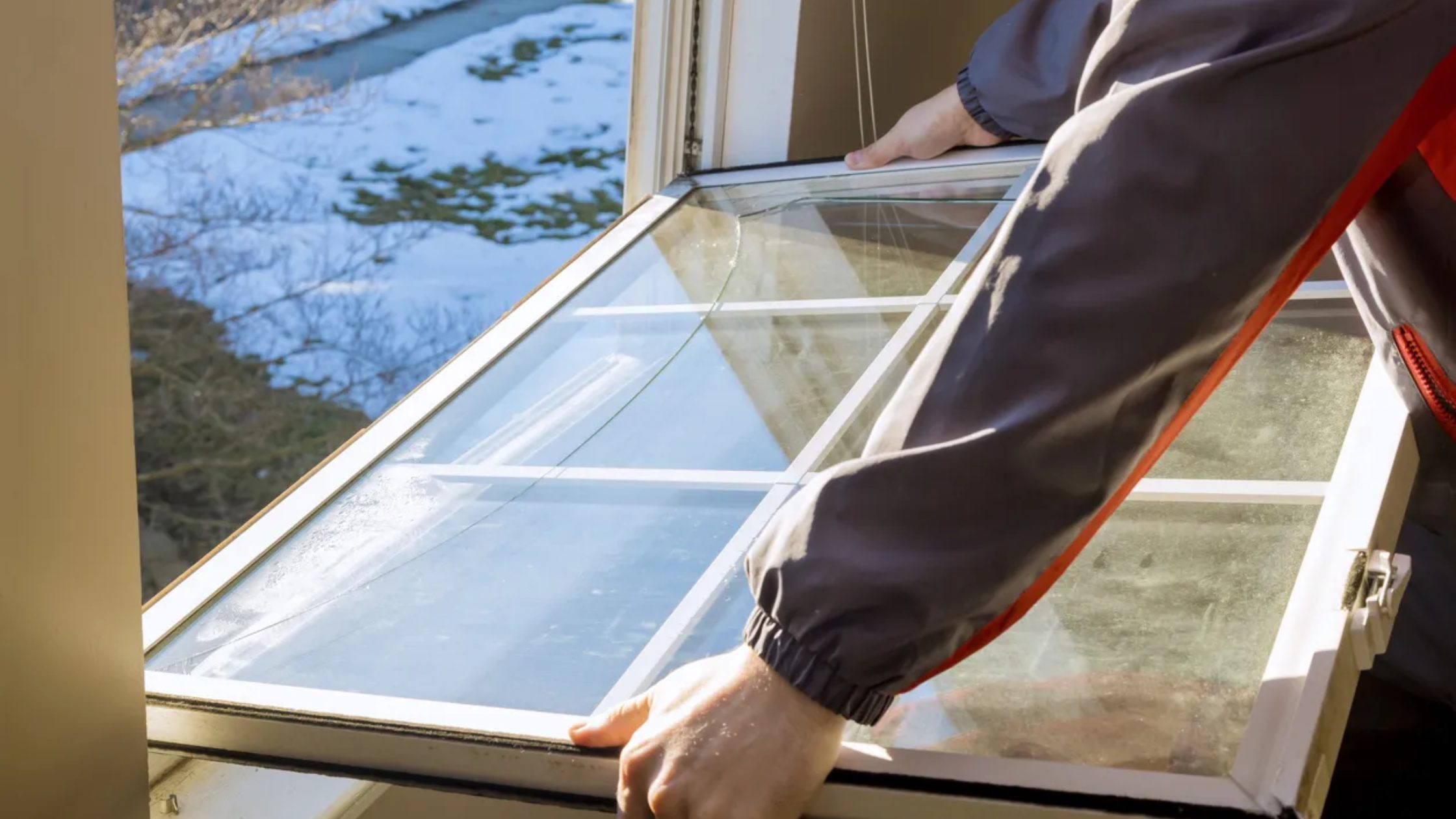
The installation begins by removing any existing windows and preparing the opening. This involves carefully removing old frames, cleaning the surrounding area, and preparing the wall structure to accommodate the new, larger windows. The removal process should be done carefully to avoid damaging the surrounding areas.
2. Framing Adjustments
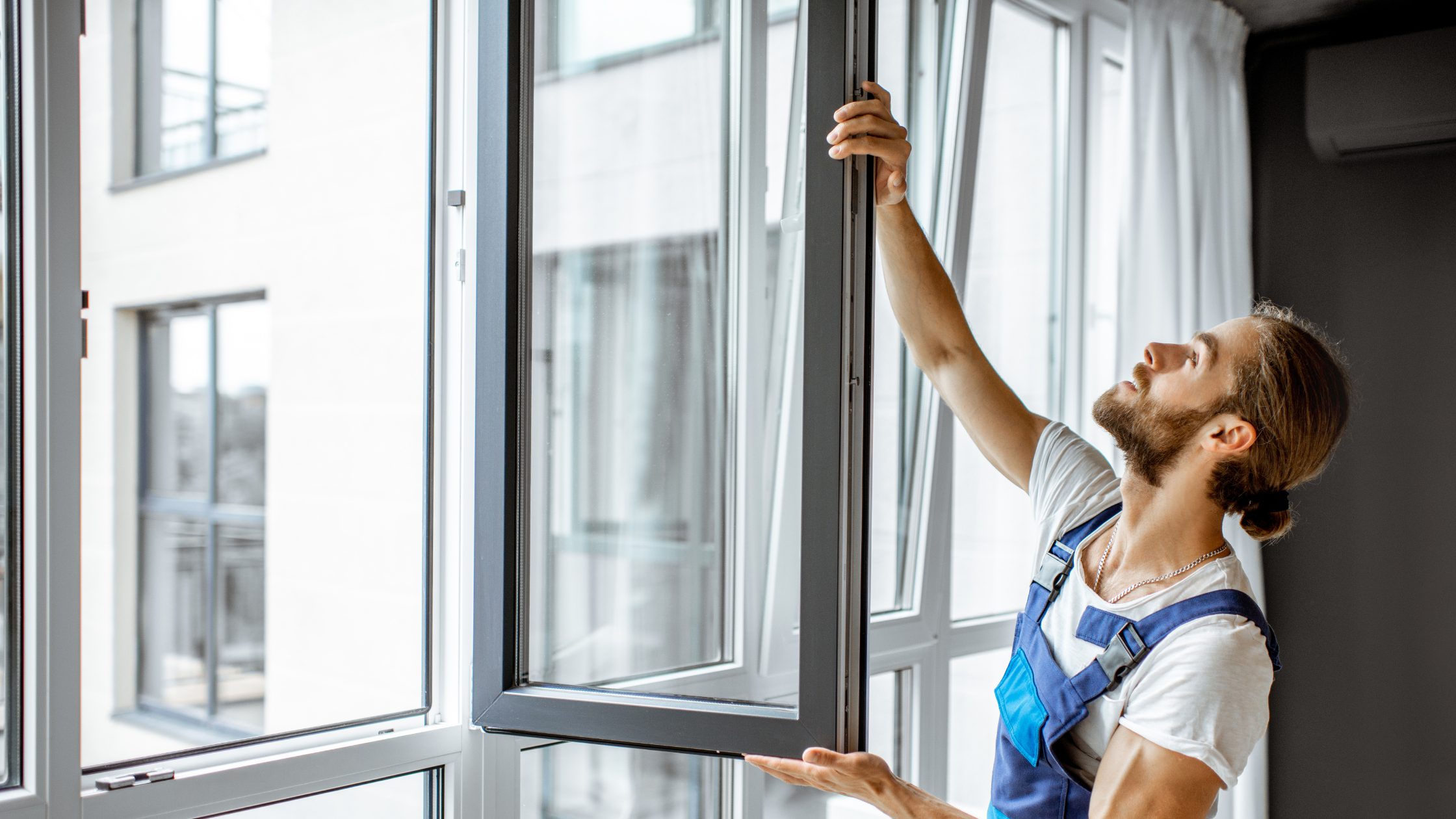
Once the existing window is removed, the next step is to adjust the framing to fit the new, larger window. Depending on the design, the existing frame may need to be reinforced or replaced with new supports. Steel or wooden reinforcements are commonly used to ensure the frame can hold the weight of the large glass panes securely.
3. Window Fitting
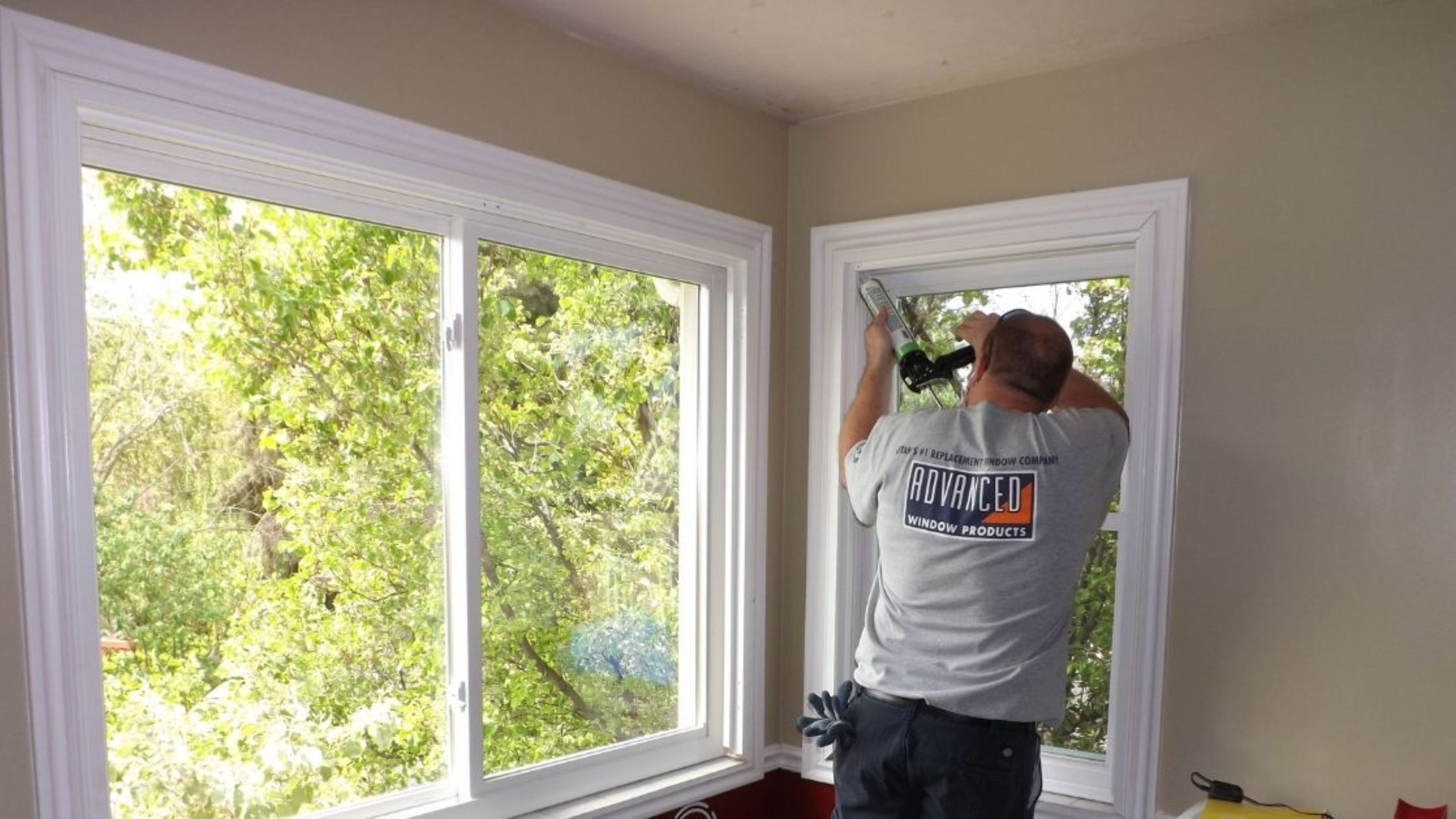
With the structural adjustments complete, the next step is fitting the window frame into the prepared opening. This is a delicate process, as the window must be level and properly aligned to ensure it fits perfectly. During this phase, the window is secured in place using specialized fasteners and anchors. It’s crucial that the frame is installed correctly to prevent issues with drafts or leaks.
4. Installing the Glass
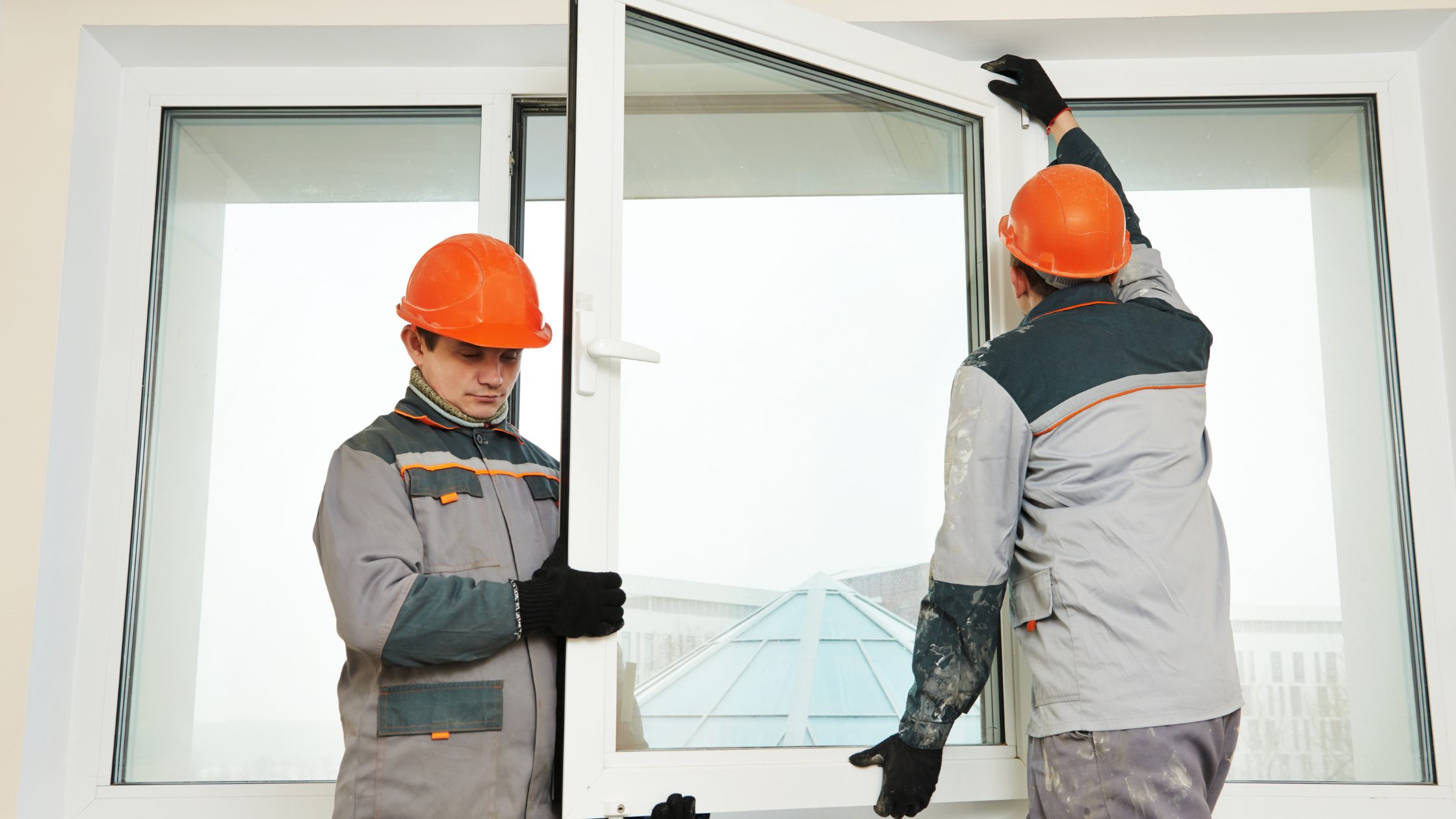
Once the frame is secured, the high-performance glass is carefully installed into the frame. This glass is typically double-glazed or low-emissivity (Low-E) to provide superior insulation and energy efficiency. The glass must be handled with care to avoid breakage, and it should be sealed tightly within the frame to prevent air or water infiltration.
5. Sealing and Weatherproofing
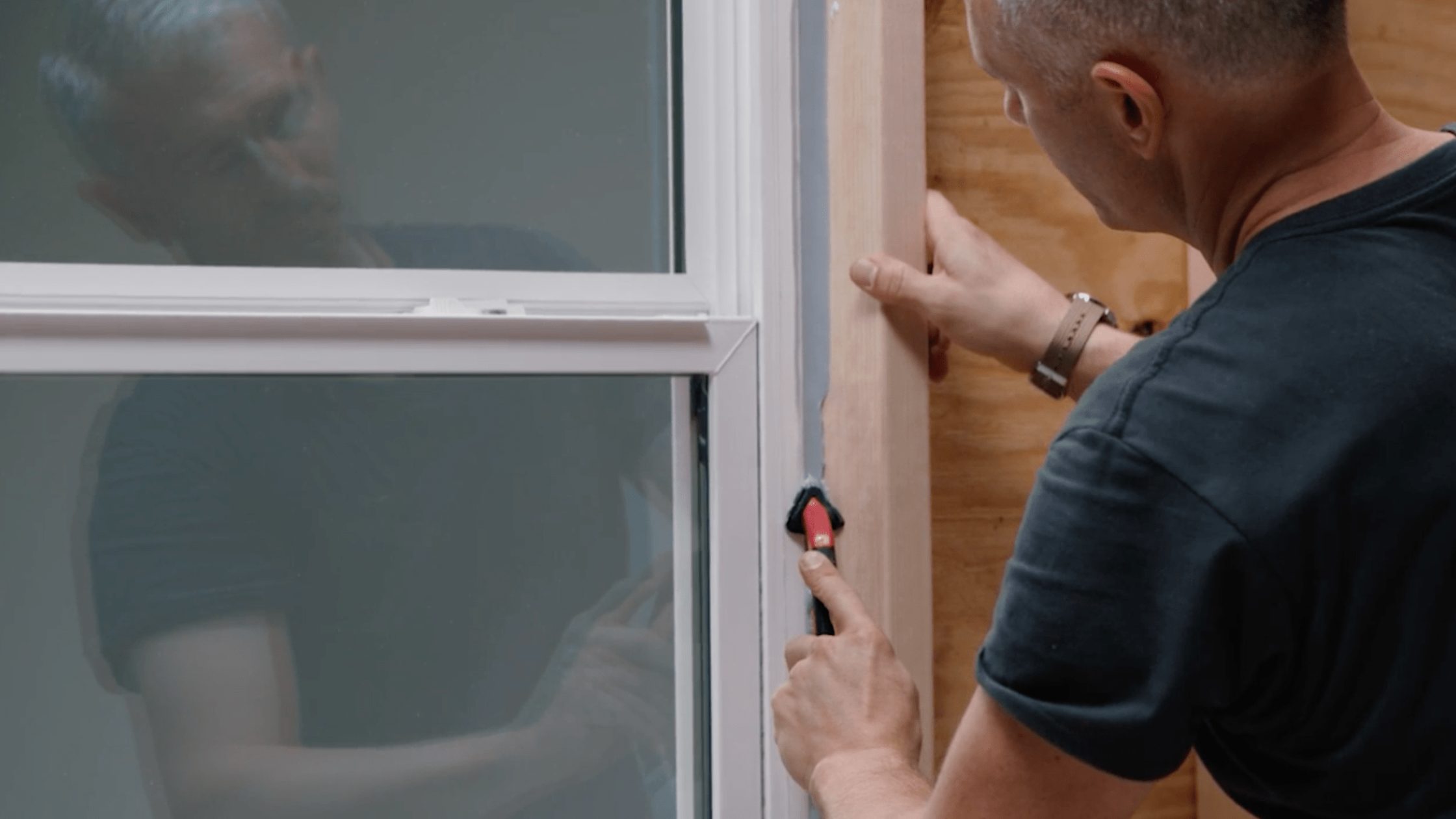
After the glass is installed, the final step is to ensure that the window is properly sealed. A high-quality sealant is applied around the edges of the frame to prevent any drafts or moisture from entering the room. Weatherproofing is especially important in areas with extreme temperatures or high humidity to maintain the window’s performance over time.
6. Final Inspection and Adjustment

Once the installation is complete, a thorough inspection should be conducted to ensure everything is in place. The window should be checked for any gaps, unevenness, or issues with functionality. Make adjustments as necessary to ensure proper operation. If needed, the installer will also conduct a test to verify that the window opens, closes, and locks securely.
Pros and Cons of Floor-to-Ceiling Windows
Pros:
- Unmatched Aesthetics: Floor-to-ceiling windows provide an unmatched aesthetic appeal, offering panoramic views that transform the ambiance of a room. Their minimalist design adds a modern touch to any space, making them a popular choice for upscale homes and commercial buildings.
- Natural Light: The influx of natural light provided by floor-to-ceiling windows reduces the need for artificial lighting, lowering electricity costs and creating a bright, inviting atmosphere.
- Increased Property Value: Homes with floor-to-ceiling windows often command higher resale values due to their luxurious and modern appeal.
Crons:
- Privacy Issues: In urban or densely populated areas, floor-to-ceiling windows can compromise privacy, as they offer little protection from prying eyes. While window treatments like sheer curtains or blinds can help, they can obstruct the very features homeowners are trying to showcase.
- Energy Efficiency Concerns: Although modern floor-to-ceiling windows are designed to be energy-efficient, poorly installed or older windows can result in heat loss during winter or excessive heat gain in the summer. Investing in high-quality, double-glazed windows can mitigate these issues.
- Cost: The cost of installing floor-to-ceiling windows can be significant. The windows themselves are often more expensive than traditional ones, and installation requires skilled labor and careful planning, which can drive up the cost.
Sustainability and the Future of Floor-to-Ceiling Windows

As energy efficiency becomes an increasingly important consideration in construction, floor-to-ceiling windows are evolving to meet these demands. Modern innovations in glass technology, such as low-emissivity (Low-E) coatings and double glazing, help to reduce heat transfer and improve insulation. These energy-efficient windows contribute to sustainable building practices by decreasing reliance on heating and cooling systems, thereby reducing a home’s carbon footprint.
In the future, we can expect to see even more environmentally friendly options, including windows made from recycled materials and those designed to harvest solar energy.
FAQs About Floor-to-Ceiling Windows
Q. Are floor-to-ceiling windows energy efficient?
Yes, when installed with high-performance glass and proper insulation, floor-to-ceiling windows can be energy-efficient, helping to reduce energy costs.
Q. How do I maintain floor-to-ceiling windows?
Maintaining floor-to-ceiling windows involves regular cleaning and inspection. Ensure the seals are intact to prevent drafts, and check for any cracks or damage that could affect their performance.
Q. What is the cost of installing floor-to-ceiling windows?
The cost varies depending on the size, materials, and installation requirements. On average, expect to pay between $500 to $1,500 per window, not including installation fees.
Q. Can floor-to-ceiling windows work in apartments?
Yes, floor-to-ceiling windows can be an excellent addition to apartments, particularly in urban environments where maximizing natural light and creating a sense of space is essential.
Conclusion
Floor-to-ceiling windows have proven to be more than just a design trend; they represent a shift toward more open, light-filled, and sustainable living spaces. These windows enhance the aesthetics of a home, improve energy efficiency, and offer a unique connection to nature. While they come with their challenges, such as privacy concerns and high installation costs, the benefits they offer make them a worthy consideration for modern homeowners.
For those interested in exploring floor-to-ceiling windows for their own spaces, Best Enterprises General Contracting provides expert advice and professional installation services tailored to your design needs. Let us help you bring the outside in and transform your living environment.

